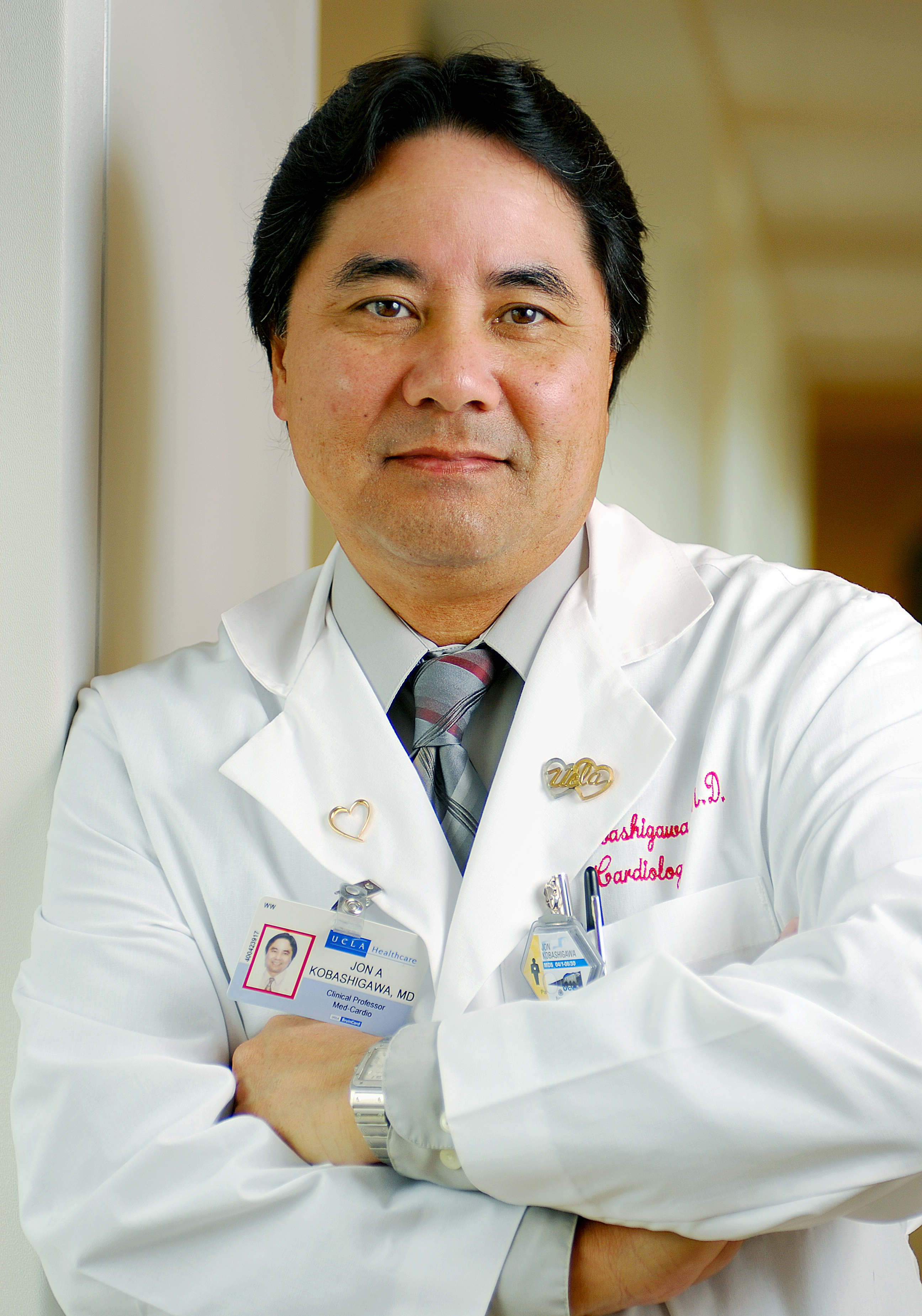The pager beeps.
Every day from 8 a.m. to 8 p.m., the UCLA Heart Lung Transplant Program’s procurement team is ready to answer the call.
The team is ready to save the life of a person in need of a transplant.
The UCLA transplant program will celebrate its 25th anniversary this year.
Having already increased transplant success rates, the program continues to work on future developmental and research projects, including anti-rejection medication development, said Dr. Jon Kobashigawa, medical director of the UCLA adult heart transplant program.
In a matter of hours, the transplant team harvests a needed organ and transplants it to a recipient, said Ryan Williams, who is the most experienced part-time employee of the preservationist team.
In 2008, the UCLA team performed 97 heart and 54 lung transplants, said Caron Burch, the nurse manager and heart and lung transplant office coordinator.
The program provides life-changing opportunities for people with a passion for medicine, as well as children and adults in need of new organs to live, Williams said.
The program also has a pediatric branch, the UCLA Pediatric Heart Transplant Program, which uses similar procedures to the Heart Lung Transplant Program, but provides heart transplants only, said Juan Alejos, medical director of the pediatric program.
The average transplant lasts about 10 to 12 years, Alejos said. About 60 percent of transplant patients survive with their new organ for such a period of time, and 40 percent either pass away or require a new transplant.
The procurement team, which is responsible for the organ harvesting process, allocates working dates to each member in order to ensure availability of one of the four cardiothoracic surgeons and one of the preservationists.
Burch added that the steps for organ transplanting occur at a fast pace.
After the coordinator of an organ recipient’s hospital receives an offer for an organ, the organ’s viability for the recipient is ensured. Then, the procurement team harvests the organ at the donor hospital.
Meanwhile, the recipient is brought into the UCLA operating room in preparation for the transplant surgery.
The UCLA transplant program works closely with the United Network for Organ Sharing, which processes organ offers and demands on the Internet at a national, regional and local scale. Donor organs are matched to the wait-listed patients according to blood type, size and geographical proximity, Burch said.
After receiving an electronic offer, the UNOS provides organ-matching services. The recipient’s hospital receives online organ-matching information, Burch said. Donor-recipient matches are made according to organ size and blood type. The local Organ Procurement Organization provides the recipient’s hospital with information about the organ to confirm its suitability.
While the recipient is prepared in the operating room, the surgeon performs a surgical procedure to remove the donor organ and flush it with preservation solutions, using the preservationist team’s assistance, Williams said.
The preservationist team flushes the fragile organs, vulnerable in a state of ischemia and therefore lacking access to blood, with preservation solutions, Williams said. Due to organ fragility, over 90 percent of the organ donors are located within California and its neighboring states.
Of the 97 heart transplants patients, 13 of these were pediatric patients, Alejos added.
“More children who need transplants are born with heart diseases … so our expectations for quality of life for them is different,” said Alejos. A majority of the children with heart diseases have never experienced life without such impediments, increasing their vulnerability. He explained that a social worker, child development specialists, psychiatrists and pediatricians attend to the needs of children who have lived their entire lives with heart diseases.
“We are in the process of starting the pediatric lung transplant program. The plan is pretty much already developed, so in two to three years the program should hopefully be established,” Alejos said.
A lot of clinical trial work is looking at newer heart and lung transplant anti-donor organ rejection medication- such as Certican, a medication with the potential ability to decrease chronic heart transplant rejection, Kobashigawa said
“We are the largest heart transplant program in the world and we have outstanding outcomes in terms of survival. … While most programs report between 20-40 percent rejection rates, UCLA is down to five percent,” Kobashigawa said.
Nevertheless, rejection continues to occur despite its low frequency.
“One of the reasons we lose the organ or the patient is because of rejection. It doesn’t happen frequently,” Alejos said.
The Alternate Heart Transplant Waiting List, created at UCLA in 1992, has been adopted internationally. With a majority of patients ranging from ages 40 to 60, the use of this system optimizes use of older organs that are still viable instead of disposing of them, Kobashigawa said.
Williams said recent responsible and mature graduates who are pursuing health-related fields can become a part of the active and part-time employment on the procurement team. Inclusion in this program can be achieved by acquiring excellent references along with experience in heart and lung transplantation through referral.
UCLA had the largest representation this year in Paris, at the annual International Heart Transplant Meeting. The program presented 27 heart and nine lung transplant research papers and continues to acquire worldwide acknowledgment, Kobashigawa said.
